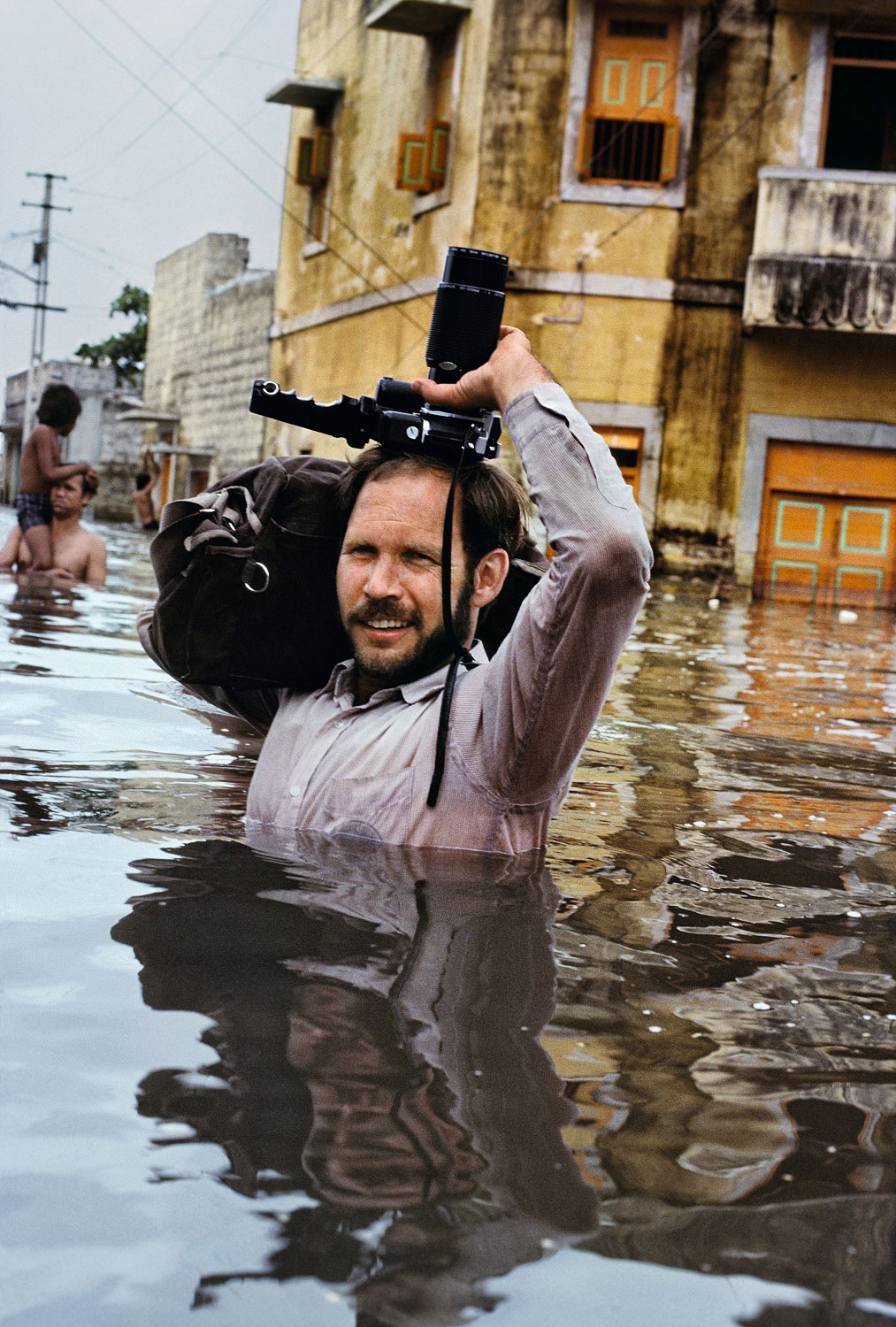
When Steve McCurry shot the Indian monsoon
A near fatal fall onto rocks, leeches crawling up his back and a wade through water with dead animals all around. On Indian Independence Day Steve McCurry recalls the 'masochism' of his first monsoon trip to India
Reflecting on his legendary visit to India to photograph the monsoon season, Steve McCurry recently admitted that the project involved “a concentration that bordered on masochism”. The weight of his well-chose words match the impact of his photos he took all those years ago.
“I spent day after day in grit-filled heat not meant for even mad dogs or Englishmen, wallowing in filthy water up to my chest, or standing in the street in a torrential downpour, with an incredulous assistant desperately wishing he were somewhere else," says Steve.
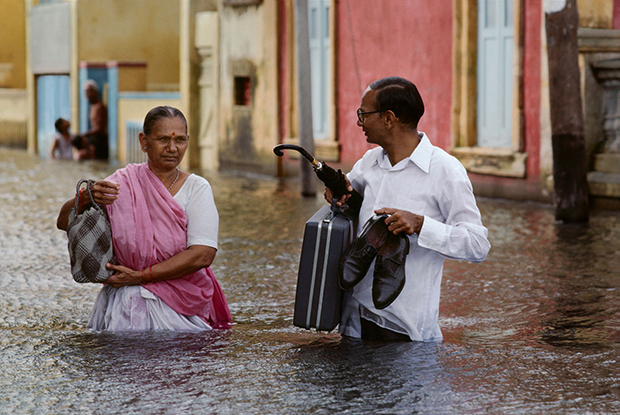
"In those moments I began to learn the art of patience, and I began to empathize with the people whose lives are ruled by the weather. I was changed by my time covering the monsoon. Half the world’s population is affected by the whim of these winds. This is the reality, and it will stay with me forever.”
On Indian Independence Day, we're looking at one of his most successful projects: shooting the Indian monsoon season. The photos are featured in our books Steve McCurry Untold The Stories Behind the Photographs and Steve McCurry India.
The story begins with his childhood admiration for an older practitioner's work. “In 1961, at the tender age of 11, McCurry saw a photo story on the Indian monsoon in LIFE magazine, shot by the celebrated Magnum photographer Brian Brake,” we explain in Steve McCurry Untold: The Stories Behind the Photographs.
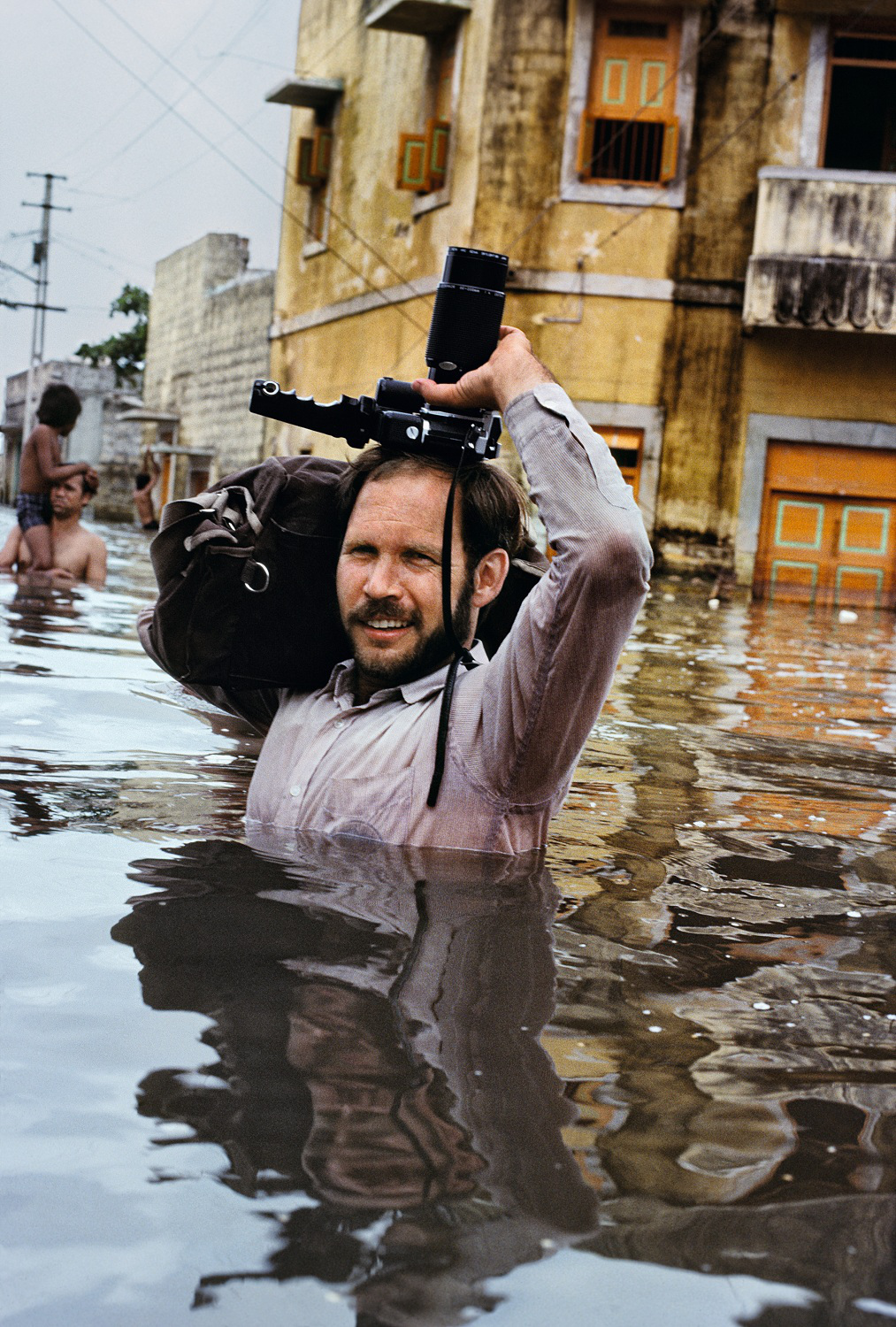
The images would remain with the young American, and guide his later career path, but a further two decades would pass before Steve himself could photograph the Indian rainy season.
In the spring of 1983, McCurry - then working for National Geographic - set out to shoot the effect of the monsoon on the Indian subcontinent in a meticulously planned, but perilous project, that would establish his reputation as a reportage photographer. Monsoon rains arrive first in the southern part of the subcontinent, before spreading north, and the photographer arranged his visits accordingly.
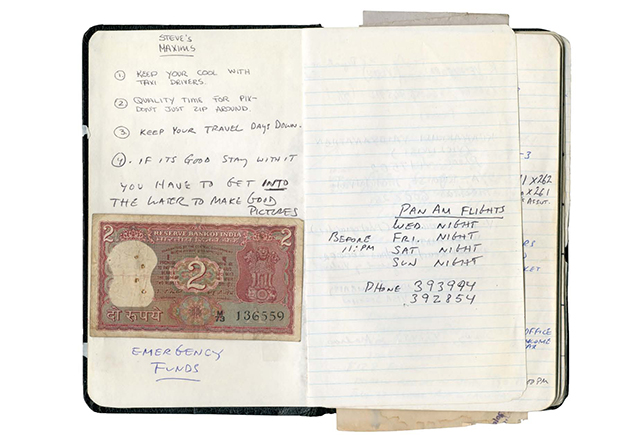
“McCurry began his monsoon project with a trip to Sri Lanka in May 1983,” our book explains. “He gathered the latest information about the projected arrival of the rains, then travelled northwards through India from June to September, tracking the weather as far as the Himalayan mountains and the Kathmandu Valley in Nepal.”
“When I heard that the monsoon had arrived in a particular region, I’d jump on a plane and get there,” he later recalled. “Whatever I might be doing when it started to rain, I’d drop everything and rush out to take pictures.’”
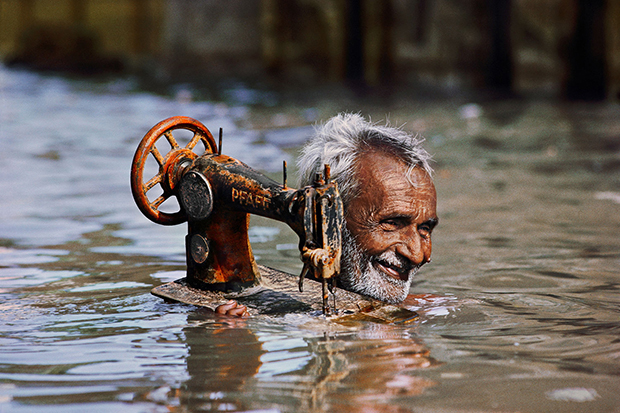
McCurry understood the central, meteorological event was often the focus of monsoon photography, yet he wanted to explore the event in all its complexity, picturing the many ways in which those who depend on it for survival cope with its welcome but often destructive cycles.
Indeed, this destruction was something that the photographer himself could not avoid. “One day, while photographing from a bridge near Goa, the saturated wooden slats of the structure suddenly gave way beneath him, and he tumbled on to the rocks below,” our book reveals. “The next thing he knew, he woke up in a hospital in the town.”
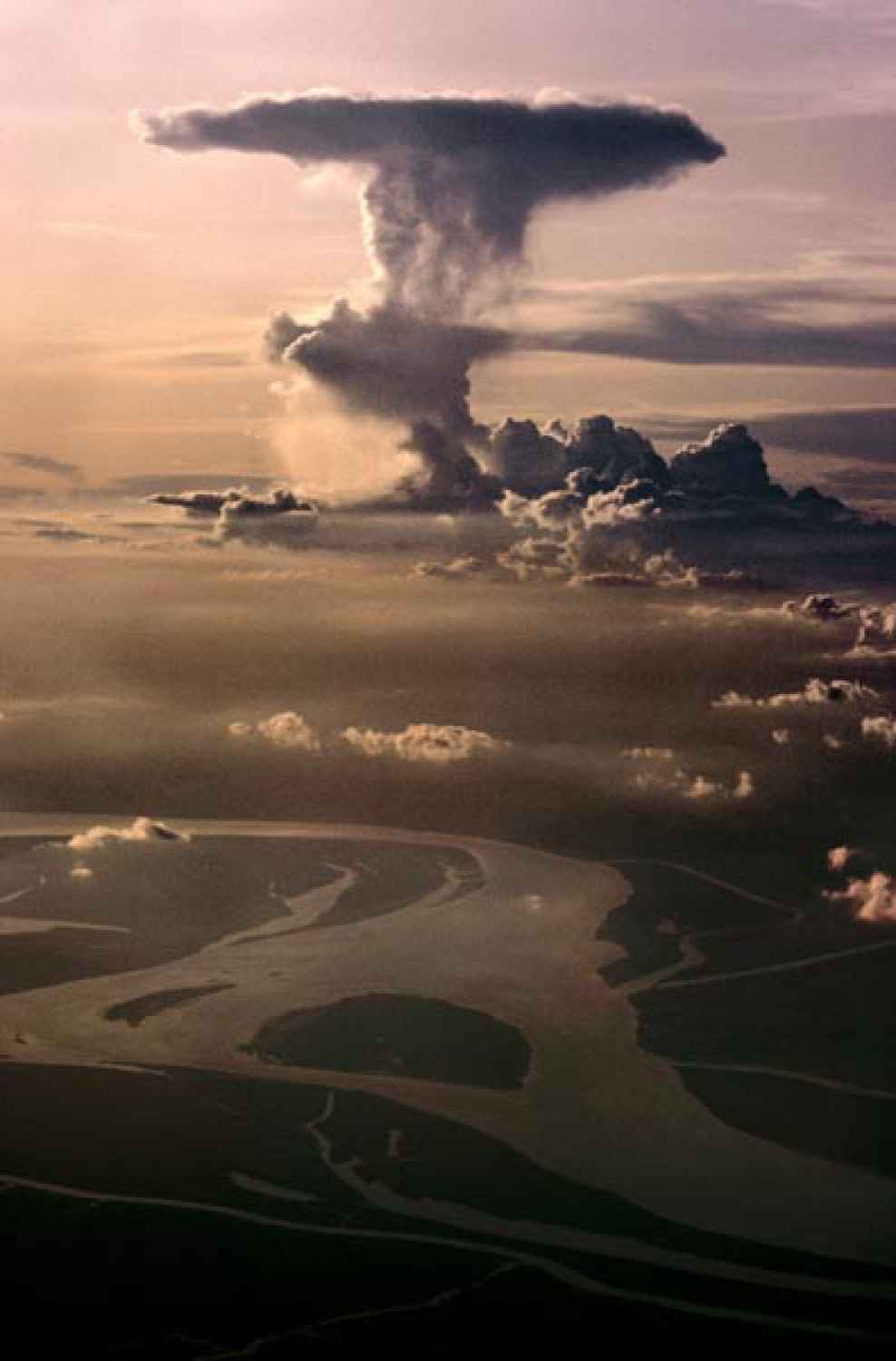
Yet, following a week’s recuperation, he was out once more, shooting his pictures. Less dramatic, McCurry would encounter equally life-threatening condition in Gujarat, north-western India.
“For four days I waded out into the submerged village to photograph, wearing a pair of tennis shoes,” McCurry recalls in our book. “A local assistant carried my camera bag. I worked for eight hours a day in chest-deep, slimy water that was probably infested with cholera, where dead animals floated among the garbage and sewage."
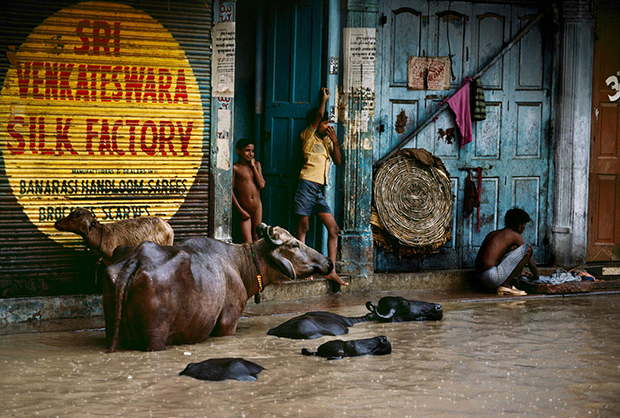
However, it wasn’t just dead animals that the photographer had to contend with, but all-too-lively ones. “I had leeches crawling up my trousers and on my back, between my toes, even in my hair,” he recalled. “I used salt to get them off, or I’d burn them loose. They would swell up like balloons with blood.”
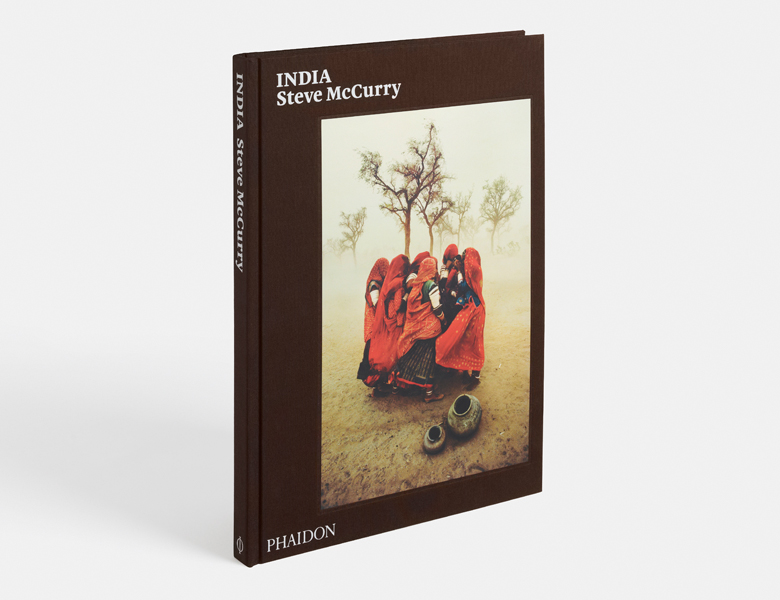
To see his work in India in greater detail get Steve McCurry India and Steve McCurry Untold The Stories Behind the Photographs